Indistylemen
Men’s Hats: Anatomy & Vocabulary
- Get link
- X
- Other Apps
How well do you know your hats? Let us discuss the key vocabulary for traditional men’s hats, common shapes and styles, and traditional construction materials.
Parts Of The Hat
Pinch / Crease
The pinch or crease refers to the indentations made along the front, back, and sides of the hat in conjunction with the overall crown shape. One tip related to this specific part of the hat, don’t handle your hats by the crease. It seems natural to do this because of the way that it fits into the hand but if you handle your hats by the crease often, your hands are eventually going to leave oil on the surface of the hat and that might stain it so it’s best to always carry your hat by the brim.
Crown
As you might guess, refers to the central body of the hat. The part that extends upward covering the head. In most cases, the natural shape of a hat’s crown is a dome, although exceptions do exist such as the straw boater, through a process called blocking where water and steam is applied to the surface of a hat, it can be shaped into any number of different crown configurations. While water and steam are applied to the crown to shape it, it’s also stretched over a pre-existing form usually made of wood or metal. This is how the hat can hold its shape after it dries. One other note here, the uppermost peak of the crown is sometimes referred to as the tip.
Hat Band
This is the strip of decorative material encircling the crown positioned just above the brim. It’s most often made from a ribbon which can feature a bow or a series of decorative folds, a leather strip, or a piece of braided cord which can sometimes feature tassels. The Hat band is also sometimes accented further by a decorative pin or a feather.
Brim
The brim is the horizontal ledge protruding from the bottom of the hat and extending outward providing shade and protection from the elements for the wearer. The width and style of the brim in conjunction with the shape of the crown are the two things that most directly contribute to a hat’s overall type or classification. The shape and curvature of the brim from front to back and from side to side is sometimes collectively referred to as the flange of a hat.
Another style tip here, while it’s a good idea to carry your hat and take it on and off by use of the brim, don’t store your hat sitting on its brim when you’re not wearing it. If you do this, the brim can lose its shape over time so the best course of action when you set your hat down is to place it upside down so that it’s resting on the top of the crown. Alternatively, you can keep your hats on a hat rack, this way, you don’t have to worry about brim or the crown losing their shapes over time.
One other note related somewhat to storing your hats, when it comes to cleaning, you should occasionally brush your hats with a hat brush to make sure that they don’t accumulate dust or any other sorts of particles.
- Under brim. Simply enough just refers to the underside of the brim, that’s all there is to it.
- Brim Binding or Edging. Refers to the specific styling around the outermost edge of the hat’s brim. The edging can be done in any number of ways; you can have a raw cut edge, a sewn edge, a ribbon edge, a leather banded edge, or a hand felted edge which is also known as a Cavanagh edge.
Liner Tipping
The optional piece of fabric on the inside of a hat usually made from cotton or silk, though sometimes made from velvet that will feature the hat maker’s trademark most of the time. For estate hats which is to say, vintage pre-owned hats, or for hats that are yours that have seen a considerable amount of wear, you may occasionally want to clean the inner lining. This can be done with a little bit of soap and water. Alternatively, you can just remove the inner lining as I’ve done with many of my own personal hats.
Sweatband
The sweatband or inner band is a strip just inside the crown that keeps the hat better fitted to the wearer’s head and also diverts perspiration. It’s most typically made of leather for felt hats and made of fabric for straw hats. One tip here, if you flip the sweatband inside out when you’re storing your hats, which again should be done upside down, that will help the sweatband to air out so that perspiration or hair product don’t accumulate there over time.
General Classifications
Snap Brim
We’ll start with the term snap brim which simply refers to a brim that can be snapped or turned on different parts. Usually, it’s done in the front and left up in the back. This is a common feature for fedoras and trilbies in particular.
Stingy Brim
The term stingy brim describes a hat with a very short brim usually of about one to two inches and the term can also be considered a style of hat in its own right though you won’t necessarily see that done too often.
Packable / Crushable
You might sometimes see hats described as being packable or crushable. A common misconception about this term is that the hat can be really beaten up, totally scrunched down into a ball and that it will perfectly reform itself once you take it out and shape it a little bit. That isn’t necessarily true, while hats marked as packable or crushable can generally receive a little bit more abuse than their stiff counterparts, it’s still best to treat them with care and they may need a little bit of steam and water if they’re really out of shape.
Shapeable
The term shapeable applies to hats that have a metal wire sewn inside of their brims. Some hats come with plastic wires sewn inside the brims and these generally hold their shape whereas the metal is a little bit more malleable so you can style the brim in a number of very specific ways.
Ultraviolet Protection Factor
Not to be confused with SPF, the term UPF stands for ultraviolet protection factor. This classification takes into consideration a few factors such as the weave, color, weight, and stretch of a hat and most often, hats with the UPF designation are also coated with a bit of ultraviolet protective agent. There are also specific UPF ratings which are as follows:
- a rating anywhere from 15 to 24, the Hat will have an ultraviolet protection percentage of about 93% to 96%
- a UPF rating anywhere from 25 to 39 and the hat will have a protection percentage of 96% to about 97 1/2%
- a UPF rating from 40 to anywhere above 50 will provide ultraviolet protection percentage of about 97 1/2% to just over 99%
Crown Shapes
Teardrop
The teardrop or C crown shape either looks like a teardrop if you are considering the entirety of the hat or like a letter C if you’re looking primarily at the back portion of the crown.
Center Dent
The center crease or center dent style typically features one central crease that runs down the middle of the crown typically at a depth of about one to two inches.
Diamond Crown
The diamond crown is a slightly less popular shape than the more commonly seen teardrop but it was a popular style for a time in the 1940s and it’s a little bit wider than your typical C crown shape.
Telescope
Also know as the flat top, which is typically seen on everything from top hats to Gambler hats, straw boaters, and porkpie hats. This crown shape either features a totally flat top crown or a slight lip that runs around the perimeter of the crown at a very small depth.
Open Crown
Finally, there’s the open or round crown which simply refers to the natural shape of the crown before it’s shaped into a different style. Also, the crown can be left round for some styles such as the bowler or derby hat.
Common Hat Construction Materials
Cotton
Cotton hats are usually quite durable and also sometimes packable or crushable and they’re typically on the softer side as compared to some other construction materials.
Wool Felt
One of the most common construction materials for traditional men’s hats is wool felt which is crafted by pressing together wool fibers and applying heat and moisture which makes the fibers matte together into a cohesive surface. Like cotton, wool felt is soft and can come in just about any color.
Fur Felt
Fur felt is created in the same manner as wool felt but typically in finer and often even softer materials. Most often from beaver or rabbit pelts. Fur felt is noticeably softer to the touch than wool felt and as such, you can expect to pay a higher price for the increase in quality and luxury.
Straw
There are great many varieties of straw used to make hats which vary slightly in strength, durability, and color. For example, raffia is a straw used to make many packable and crushable hats whereas straw coming from the toquilla palm is commonly used in the construction of Panama hats. Most any type of straw can theoretically be woven into a hat but higher quality selections are typically handpicked for their evenness in color, texture, and pattern.
Polyester
Polyester is a less commonly used material for hats or at least for hats of quality but it is out there.
Toyo
As the name suggests, these hats are made from strips of paper that are woven together similarly to straw and then formed into the desired shape. These hats have been increasing in popularity in recent years due to their low cost and relative durability although they’re not quite as durable as straw.
CONCLUSION
So now that you’re aware of all of the various terms and materials that go into making traditional men’s hats, you’ll be better equipped to go out and find a style that suits you best. We’d like to know if you wear hats regularly, what styles do you prefer? Share with us in the comments section below!
from Gentleman's Gazette http://bit.ly/2QUgHAo
- Get link
- X
- Other Apps
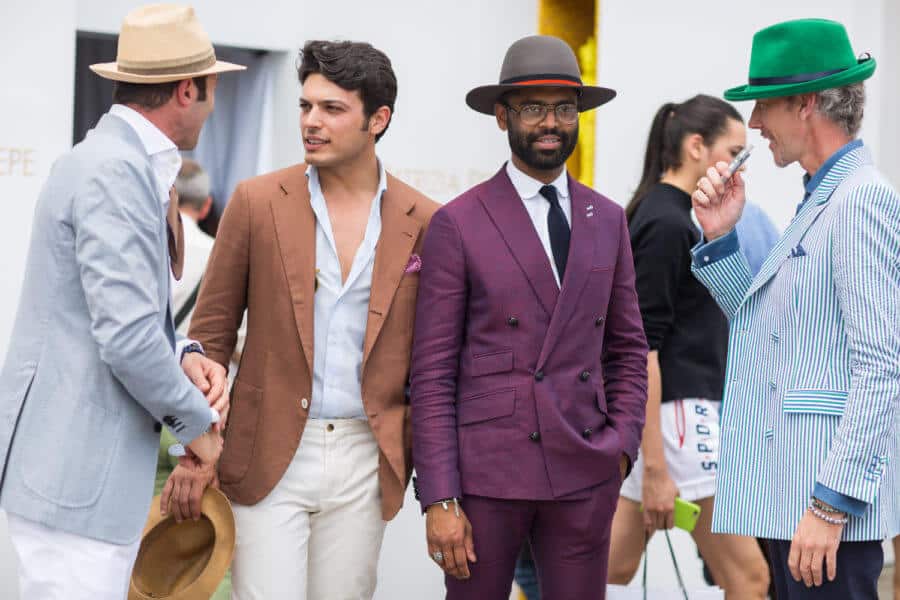
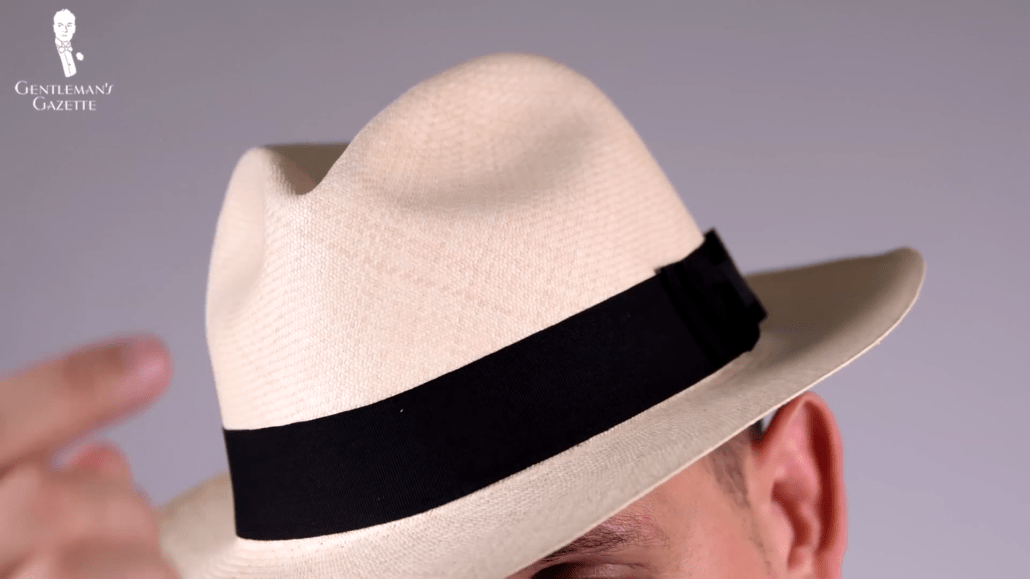
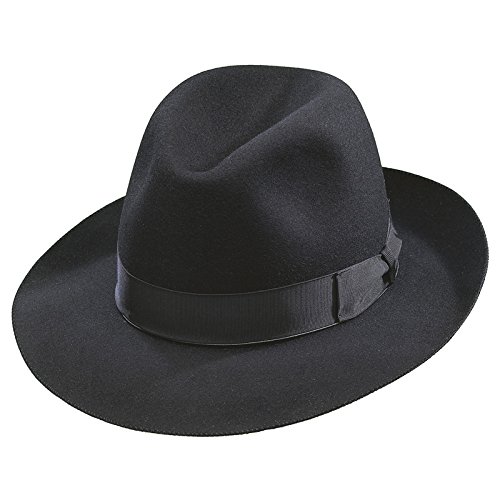
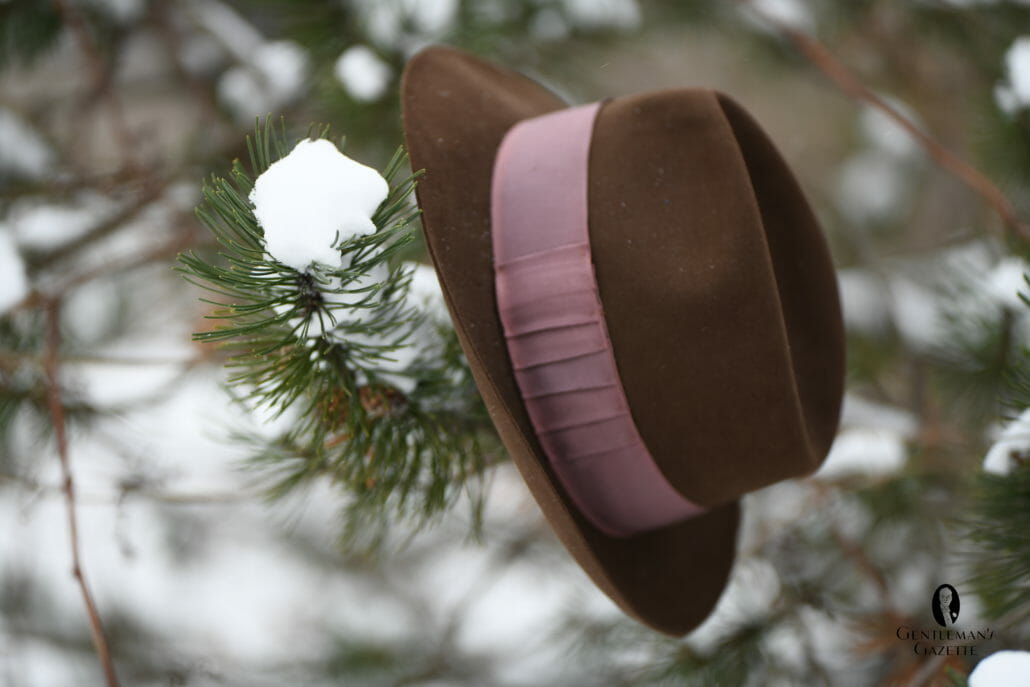

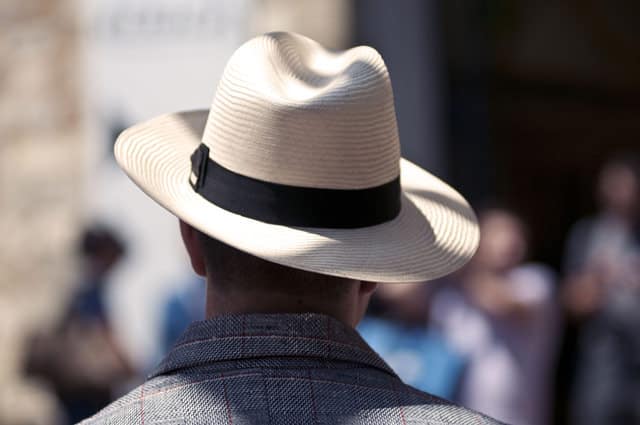
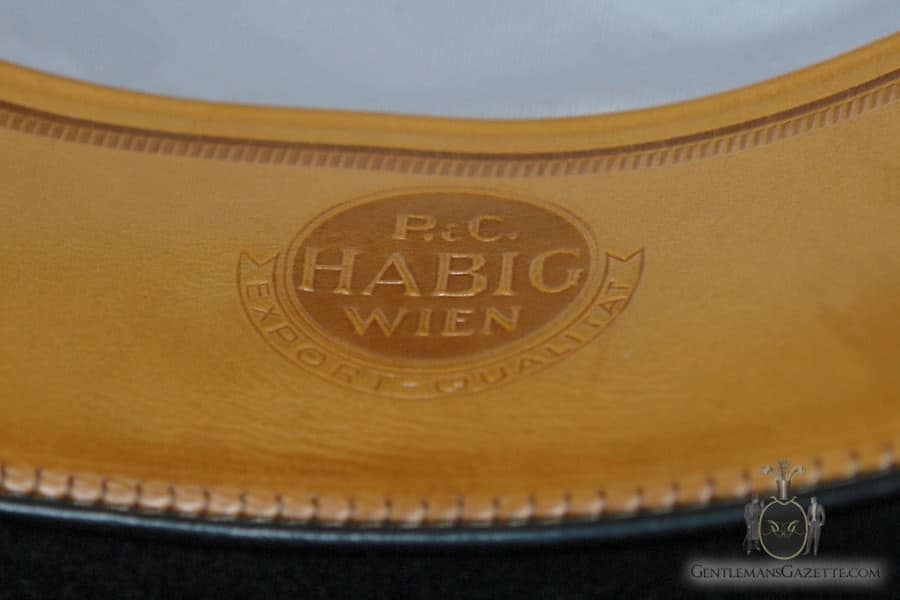
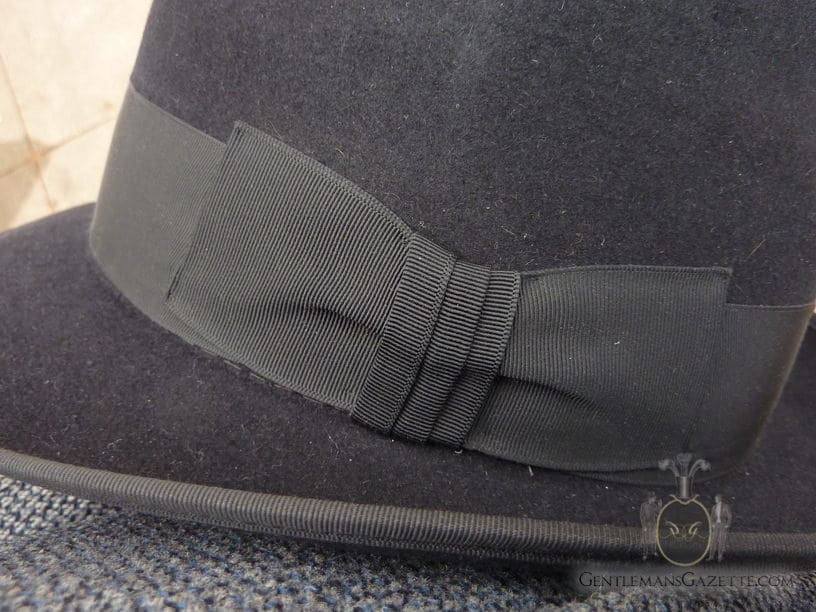


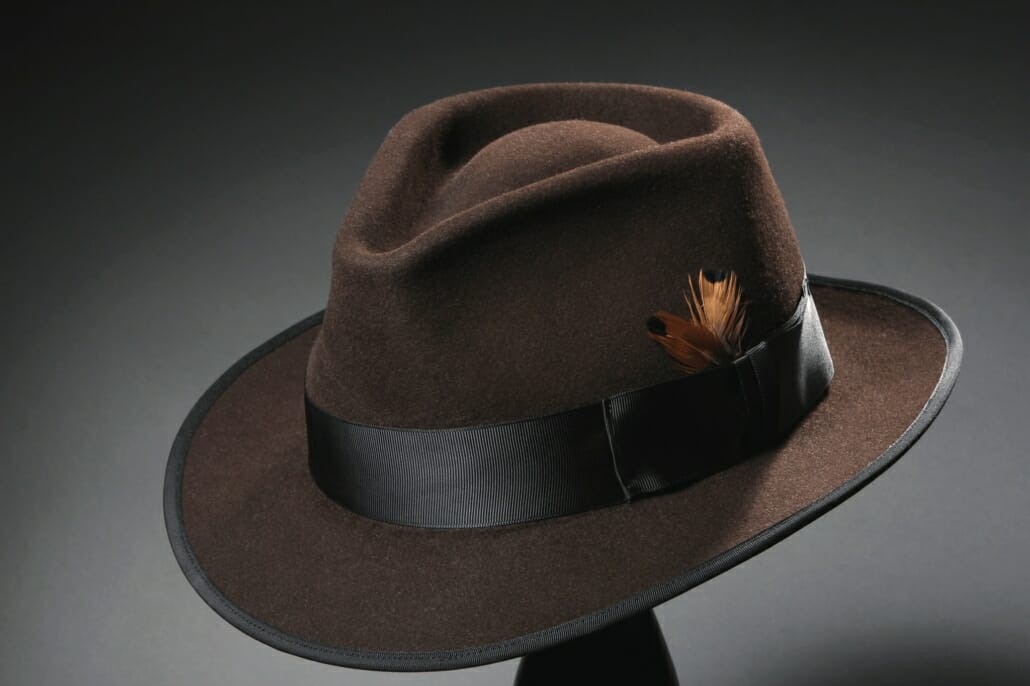

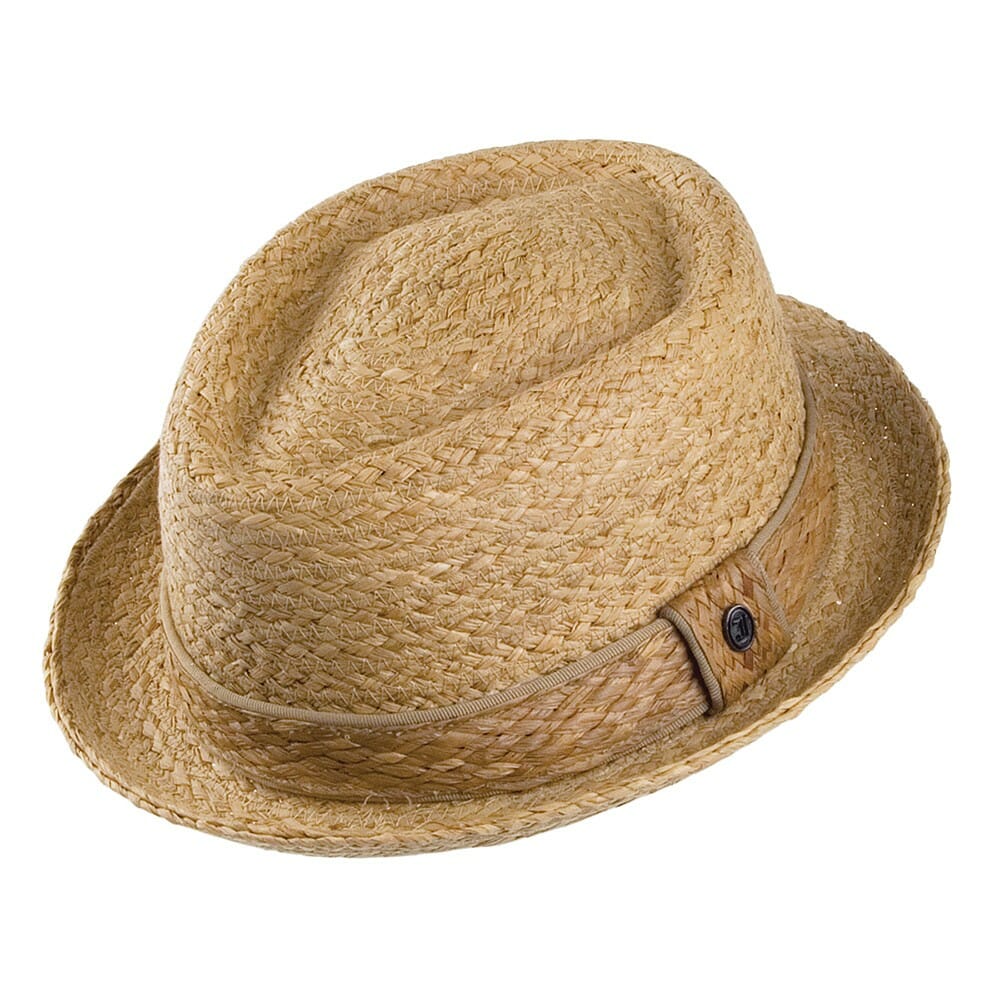
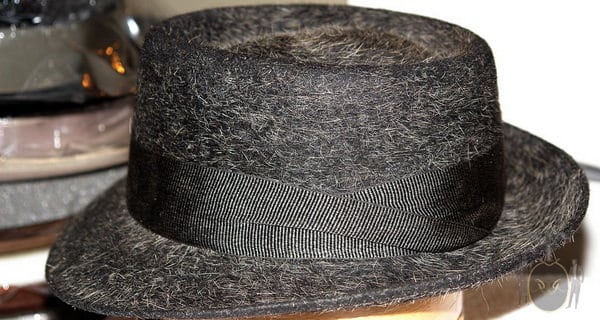





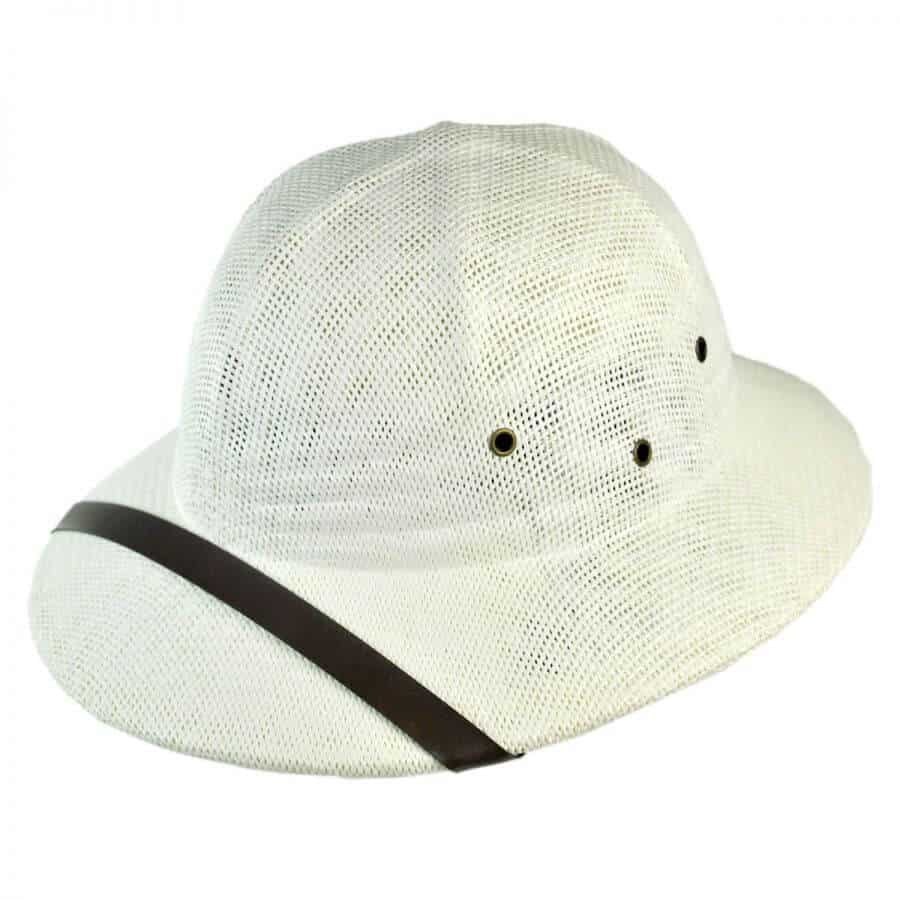
Comments
Post a Comment
thanks for your feedback